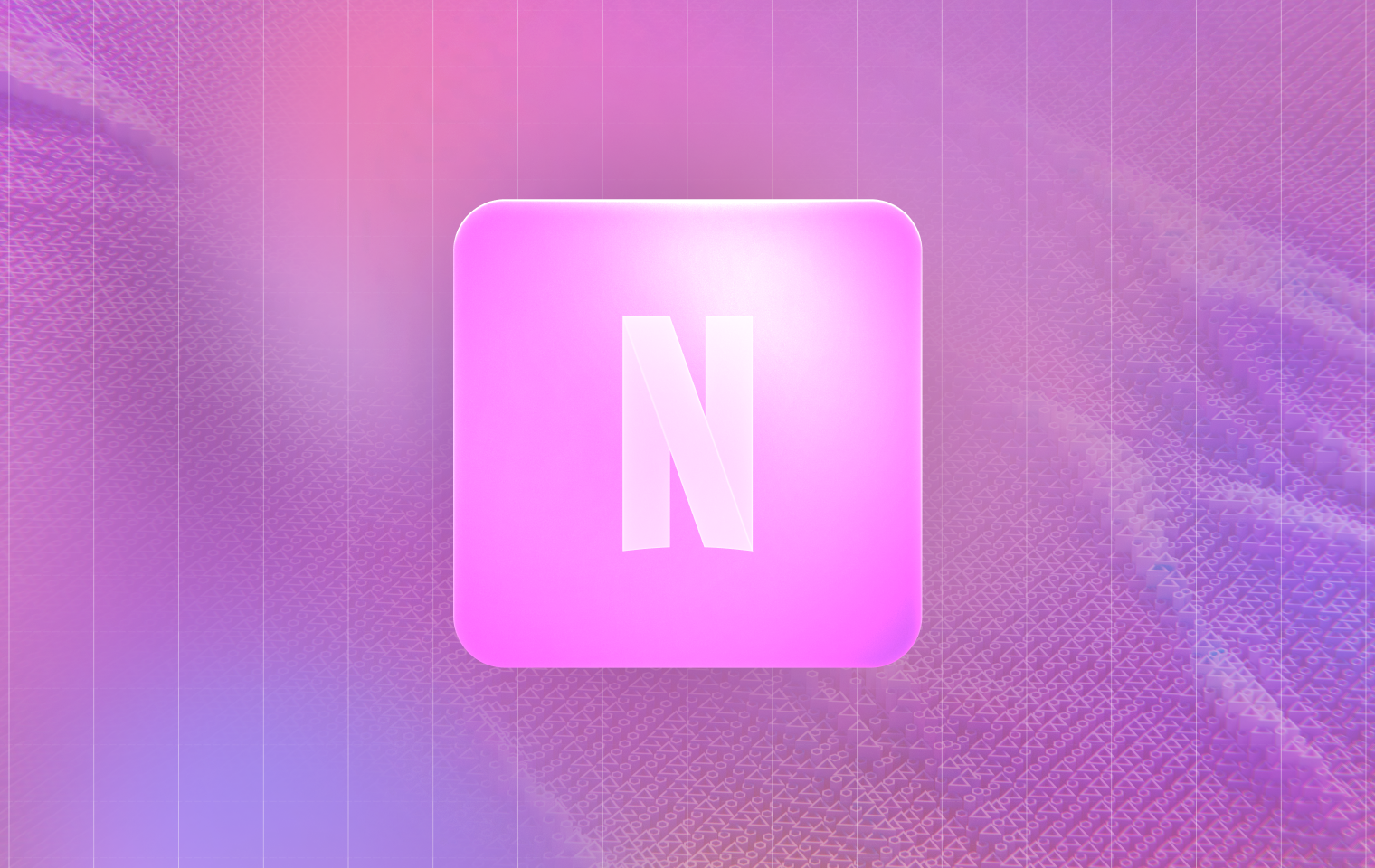Netflix is preparing to introduce generative AI into its ad experience, marking a new phase in how advertising is created and delivered on the platform. Beginning in 2026, the company plans to serve AI-generated mid-roll video ads that are dynamically selected to align with a user’s interests and the surrounding content. According to Netflix, the goal is to make ads feel more immersive and contextually relevant to the viewing experience.
This announcement follows Netflix’s launch of its in-house ad platform in the U.S. in April 2025. The move gives them full control over ad delivery, targeting, and measurement, eliminating reliance on third-party partners. It’s a logical step for a company aiming to double its advertising revenue through 2025, and it coincides with rising ad-tier adoption. According to EMarketer, subscriptions to Netflix’s ad-supported plan grew by 34% heading into the year, reaching 94 million users from 70 million they had reported on previously in November of 2024. With price increases on ad-free plans, further migration to the ad tier is expected.
For media teams, the shift introduces more than a new creative format. It represents a change in how campaigns might be executed: fewer pre-built assets, more platform-driven outputs, and a potentially new balance between media and creative roles. As streaming services evolve toward fully-integrated ad ecosystems, the introduction of generative AI raises important questions for advertisers about performance, control, and transparency.
Built to Fit the Feed
In this context, generative AI refers to ads created or modified by machine learning models, sometimes with minimal or no human input. Rather than rotating a set of pre-produced assets, Netflix’s platform may generate ads in real time, adapting them based on viewer behavior or scene context. That could mean tailoring tone, pacing, or visual elements to better blend with the content being watched.
From a media buying perspective, this shift brings several implications:
It could reduce creative production timelines and speed up campaign launches. Platforms may start favoring modular assets such as short clips, product shots, or alternate voiceovers that can be easily recombined. These inputs give AI systems more flexibility to generate multiple ad variations automatically.
Campaign performance may also become less about predefined audience segments and more about how the platform interprets user behavior in real time. That means less visibility into why a specific ad was served, and fewer levers for media buyers to manually adjust.
Netflix claims viewers pay more attention to its mid-roll ads than on any other streaming service. If that holds true, generative creative is positioned to capitalize on that attention. But it also raises questions: How will this be measured? Who is accountable for quality control? What happens to brand consistency when the creative is machine-generated on the fly?
As platforms take more control over both media and message, advertisers will need to better understand how decisions are made, and whether those decisions align with their goals.
Intelligence Without Insight
AI isn’t unique to Netflix—major ad platforms are already leaning heavily on generative tools to streamline creative production, optimize delivery, and automate targeting. But this shift carries risk, especially in terms of transparency and advertiser control. As more platforms roll out AI-driven solutions, advertisers are being asked to trust systems they can’t fully see into. Below are a few of the most prominent examples shaping this new standard:
- Google’s Performance Max: Advertisers provide assets and campaign goals, and Google’s system handles the rest, including targeting, placements, and creative combinations. While many report strong results, the platform offers limited visibility into how specific decisions are made during campaign delivery.
- Meta’s Advantage+: Meta’s Advantage+ campaigns use AI to automatically generate creative variations, select audiences, and allocate budgets. The process simplifies setup and can improve efficiency, though it reduces the level of manual control available to advertisers during optimization.
- Amazon Ads – Creative Services and Image Generation: Amazon has introduced AI-powered creative tools that help advertisers quickly generate product images and lifestyle visuals. These features streamline asset creation for formats like Sponsored Brands and Sponsored Display, though most of the delivery process is managed within Amazon’s own platform systems.
As more platforms adopt AI-driven campaign systems, a recurring challenge has emerged: advertisers are being asked to trust tools they cannot fully inspect. In systems like Performance Max, Advantage+, and Amazon’s automated creative tools, the platform controls most of the process. This includes decisions related to creative selection, audience targeting, and placement. These setups often deliver better efficiency than manual campaigns, but they provide limited insight into why a campaign performs the way it does. Key variables such as which creative combinations were served, how audiences were segmented, or what contextual signals influenced delivery are often hidden from view or condensed into high-level summaries.
The challenge is compounded by the fact that these platforms not only control campaign execution but also handle performance reporting. Attribution is assigned using internal models that may weigh certain engagement signals, conversion windows, or data inputs that are not fully disclosed to advertisers. As optimization decisions feed directly into measurement frameworks, it becomes increasingly difficult to separate genuine performance from what the platform’s own systems are optimizing to reward. This creates a feedback loop where advertisers see results, but often cannot isolate what actually drove them. Without access to the full logic behind both delivery and reporting, advertisers lose the ability to test meaningfully, diagnose underperformance, or confidently replicate success across platforms or campaigns.
This lack of transparency creates operational risk. Without clear access to how decisions are made, media teams have fewer strategic levers to adjust when results fluctuate. Troubleshooting becomes reactive and speculative. Optimization efforts begin to rely more on trusting the platform’s system than on applying informed, deliberate adjustments. Over time, this can lead to a growing reliance on tools that prioritize automation over clarity. For teams managing large budgets or performance-driven outcomes, this disconnect makes it harder to adapt strategy, diagnose issues, or confidently explain what is driving results.
Everything Works, Until It Doesn’t
AI is changing the structure of paid media, accelerating creative production, automating targeting, and streamlining optimization. While these systems often improve efficiency, they also limit visibility into how decisions are made. As platforms take over more of the campaign process, advertisers are left with less insight into what drives performance and fewer tools to course-correct when results shift.
This growing opacity introduces risk. Without clarity around inputs and outputs, it becomes harder to evaluate performance, replicate success, or explain outcomes to stakeholders. As automation expands, the ability to maintain strategic oversight becomes a key differentiator.
Looking ahead, paid media teams will need to adapt without becoming dependent. That means building flexible measurement frameworks, pushing for clearer reporting, and preserving space for intentional testing. The fundamentals still apply: reaching the right audience, driving meaningful outcomes, and doing so efficiently, but in a system where platforms both execute and evaluate, maintaining control over strategy will be critical to long-term success.
In a landscape optimized by machines, the real advantage belongs to those who still know how to think. Advertisers don’t need to reject AI, but they shouldn’t rely on it as their main strategy.


